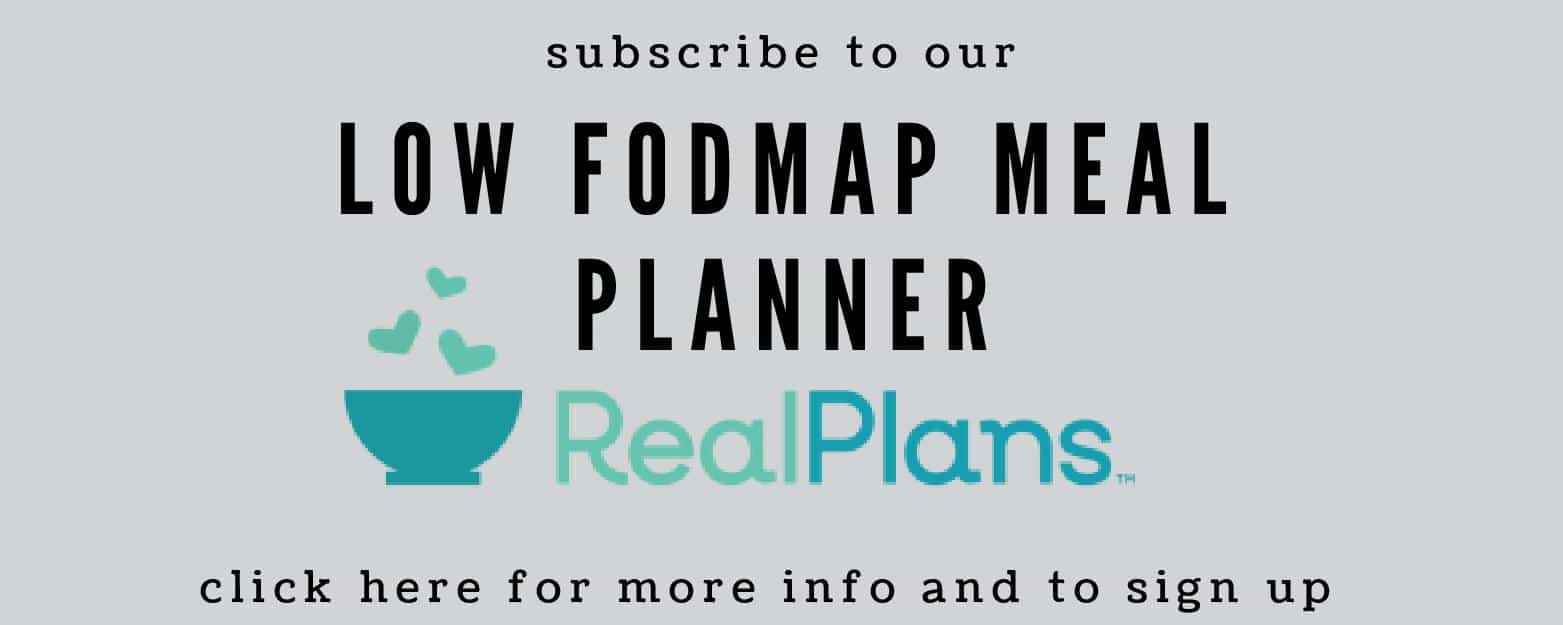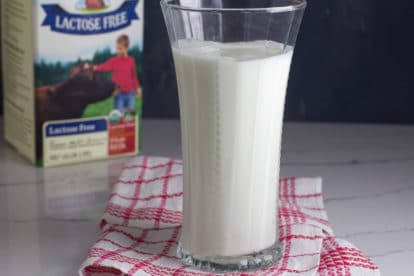The average bottled water drinker could be consuming up to 90,000 extra plastic particles each year. These startling figures are not from your diet but from the plastic bottle holding your water. This claim originates from a study published in the Journal of Hazardous Materials.
According to researchers Sarah Sajedi and Chunjiang, over 140 scientific articles have found that individuals who primarily consume bottled water ingest approximately 90,000 more microplastic particles annually compared to those who drink tap water.
Plastic particles, hidden chemicals, and their potential health effects are concealed within what many assume is pure and safe. These discoveries serve as a stark reminder that the convenience of a simple plastic bottle may come with unseen risks.
Microplastics: A hidden ingredient

Studies show that the average bottled water drinker could be consuming up to 90,000 extra plastic particles each year—just from the bottle itself. Most of these are microplastics; tiny fragments survive all the way from the factory to your bloodstream.
Nanoplastics are even sneakier
Nanoplastics are so small that they can wiggle through your cells and organs. They are now found in bottled water at levels 10 to 100 times higher than previously feared. These tiny invaders may reach your liver, brain, and even the placenta, raising serious long-term risk questions.
Chemicals that crash the party

Plastic water bottles aren’t just plastic—they shed additives like bisphenols (BPA and others) and phthalates. These have been linked to hormone disruption, cancer, reproductive issues, and even immune problems, especially if bottles are exposed to heat or light.
Hot temps = chemical soup

Leave a bottle in a hot car? Studies now confirm that sunlight and heat supercharge the leaching of harmful chemicals from the plastic into your water. That fresh, cool taste could be hiding a cocktail of unwanted extras.
Moreover, consider the broader impact: millions of these “hot-car” bottles end up in landfills each day, contributing to a significant waste stream. This familiar moment isn’t just an individual issue; it’s part of a collective responsibility to reduce plastic waste.
Research is still playing catch-up

Scientists reviewed over 141 studies and found that testing methods lag behind reality. Many nano- and microplastics slip through the cracks in safety checks, meaning risks have been underestimated for years.
Amplified risks: The chemical-plastic combo

It’s not just the plastic bits or the chemicals—together, they can amplify harm. Research suggests these substances may team up, causing chronic inflammation, damage to DNA, and a higher risk for neurological and reproductive issues.
Not actually safer than tap

Despite marketing claims, bottled water often faces looser quality checks than tap water (and is subject to far less regulation in many parts of the world). For instance, the FDA, which oversees bottled water, generally conducts inspections only once a year, whereas the EPA, which regulates tap water, mandates daily testing.
In fact, 10%–78% of bottles tested in recent studies contained potentially harmful contaminants, compared to stricter standards for most public tap water supplies.
What goes in may not come out

Once inside the body, the smallest plastic particles can remain for an extended period. They cross biological barriers and settle in tissues, with links to chronic disease, inflammation, and possibly cancer still under investigation.
A personal wake-up call

If you’ve ever popped open a bottle on a road trip or after a sweaty run, this isn’t a lecture—it’s a shared experience. One scientist launched her career after witnessing beaches buried in discarded bottles; another describes these facts as a crisis hiding in plain sight. For many, the switch to reusable bottles—and filtered tap water—started with stories like these.
Disclaimer – This list is solely the author’s opinion based on research and publicly available information. It is not intended to be professional advice.
How total beginners are building wealth fast in 2025—no experience needed

How Total Beginners Are Building Wealth Fast in 2025
I used to think investing was something you did after you were already rich. Like, you needed $10,000 in a suit pocket and a guy named Chad at some fancy firm who knew how to “diversify your portfolio.” Meanwhile, I was just trying to figure out how to stretch $43 to payday.
But a lot has changed. And fast. In 2025, building wealth doesn’t require a finance degree—or even a lot of money. The tools are simpler. The entry points are lower. And believe it or not, total beginners are stacking wins just by starting small and staying consistent.
Click here and let’s break down how.
16 grocery staples to stock up on before prices spike again

16 Grocery Staples to Stock Up On Before Prices Spike Again
I was in the grocery store the other day, and it hit me—I’m buying the same things I always do, but my bill keeps getting higher. Like, I swear I just blinked, and suddenly eggs are a luxury item. What’s going on?
Inflation, supply-chain delays, and erratic weather conditions have modestly (or, let’s face it, dramatically) pushed the prices of staples ever higher. The USDA reports that food prices climbed an additional 2.9% year over year in May 2025—and that’s after the inflation storm of 2022–2023.
So, if you’ve got room in a pantry, freezer, or even a couple of extra shelves, now might be a good moment to stock up on these staple groceries—before the prices rise later.





